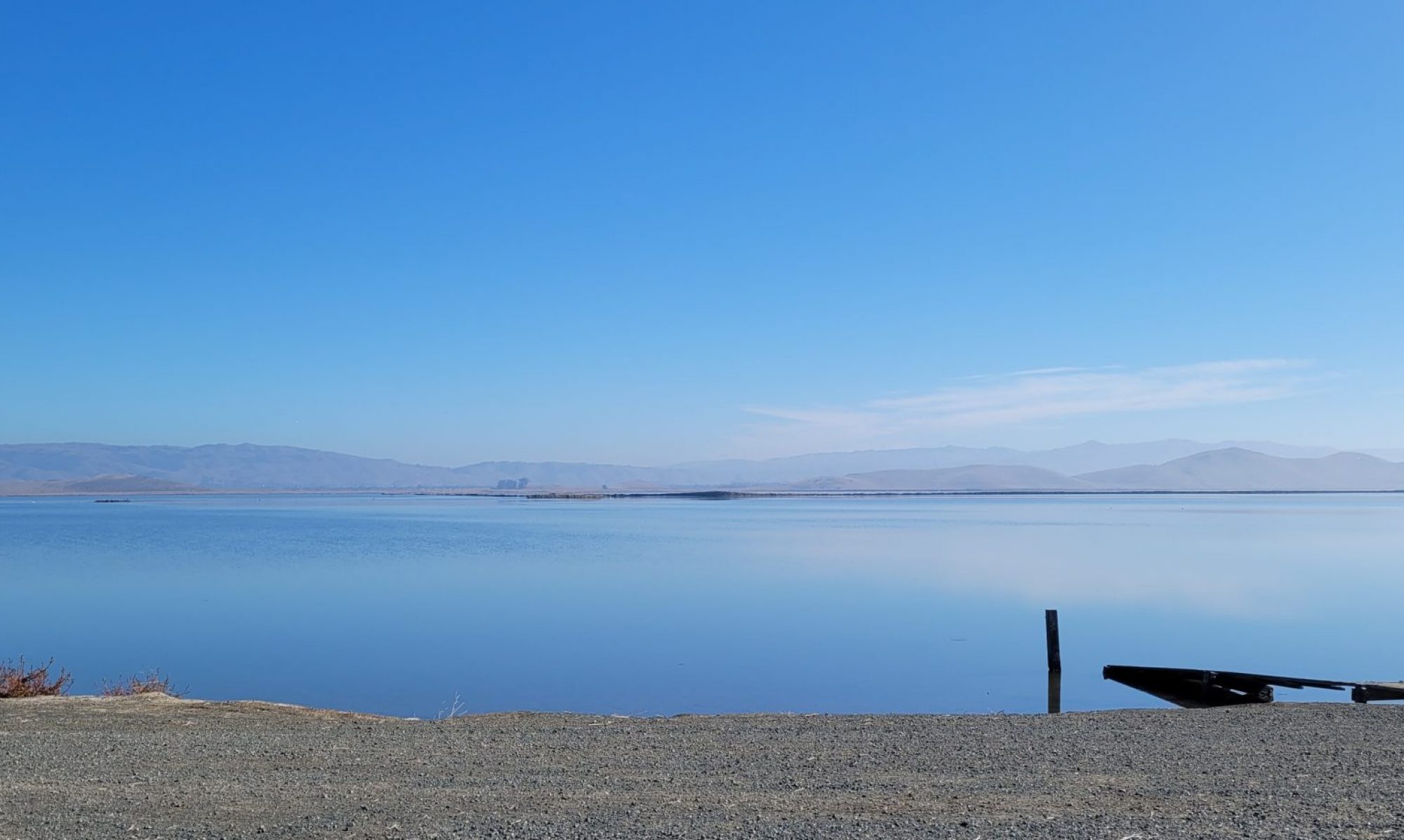
The teachers beat her at school, for not knowing the answers to questions or how to read or write. Other kids beat her and called her father “traitor,” 70 years after the war had ended. Her mother beat her, perhaps finding her lazy or insufficiently attentive. Her father shot guns at the trees (and the neighbors) and probably beat her for any reason he could think of.
Every story about Irene Triplett centers on the “amazing” fact that she received a Civil War pension, based on her father’s service, until she died in 2020. None focus on the fact that as a disabled child, addicted to tobacco, harassed and beaten, she lived. And lived. And lived.
Yesterday, I wrote about her father Mose, who served on both sides during the Civil War and married his second wife when he was nearly 80. Today, I want to write about his daughter Irene and her mother Lydia, who survived Mose as well as some of the harshest conditions imaginable. They fought their own battles, for a very long time.
Continue reading “Not Going Gentle (Part II): Irene Triplett”


